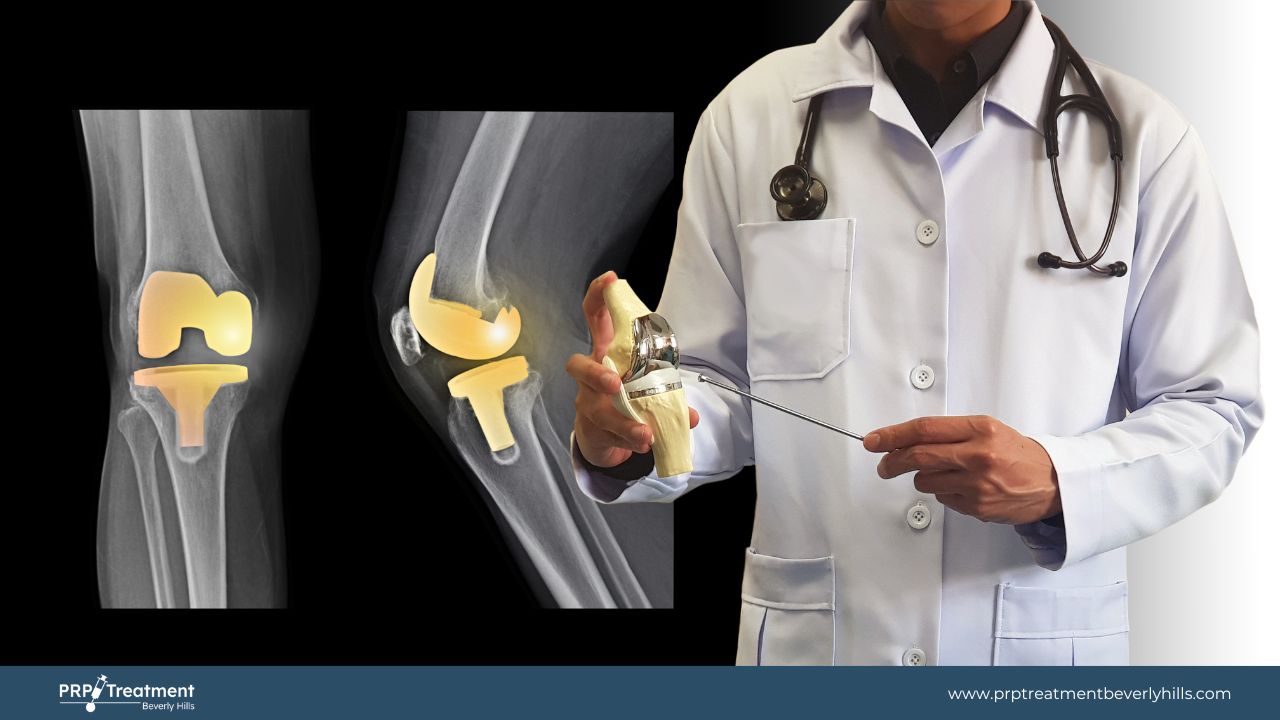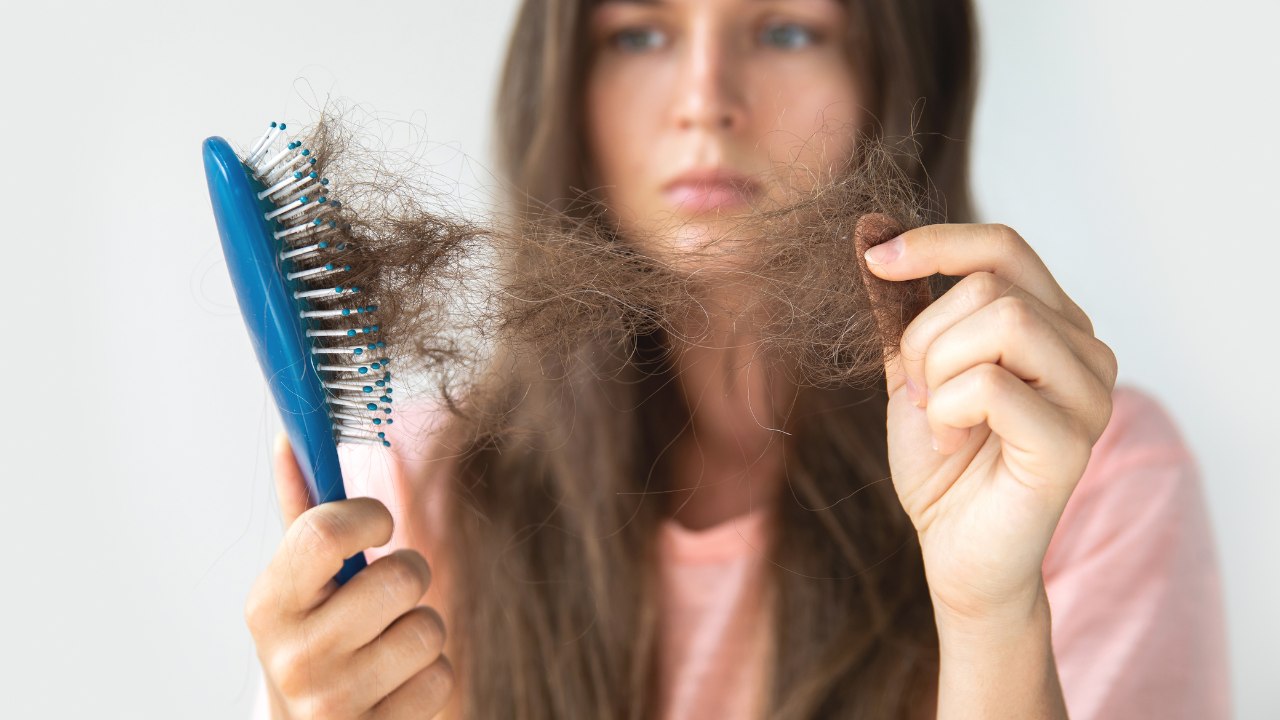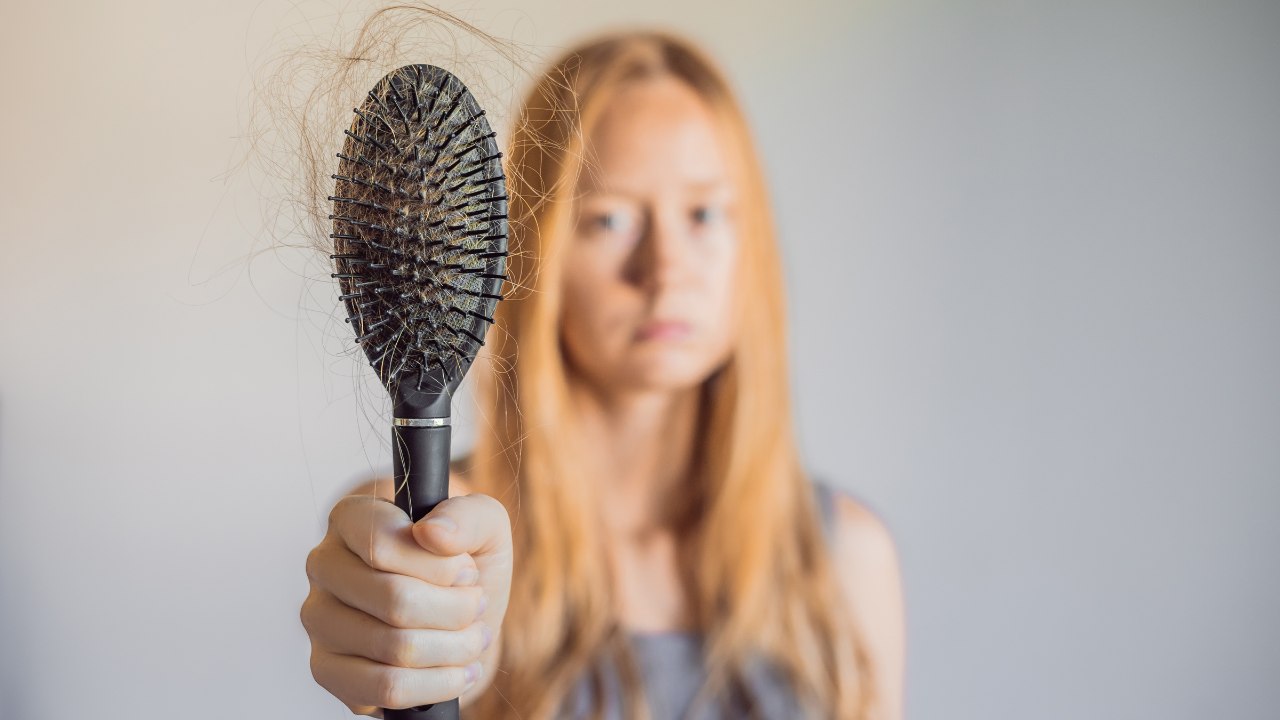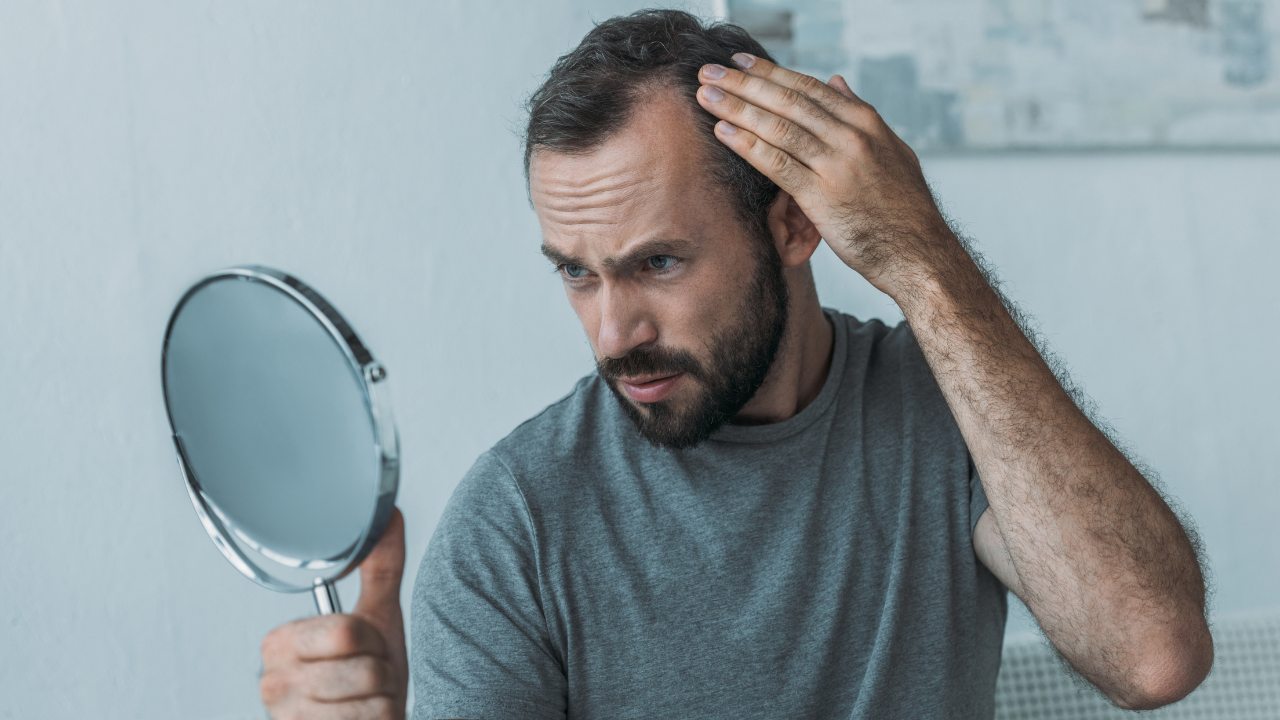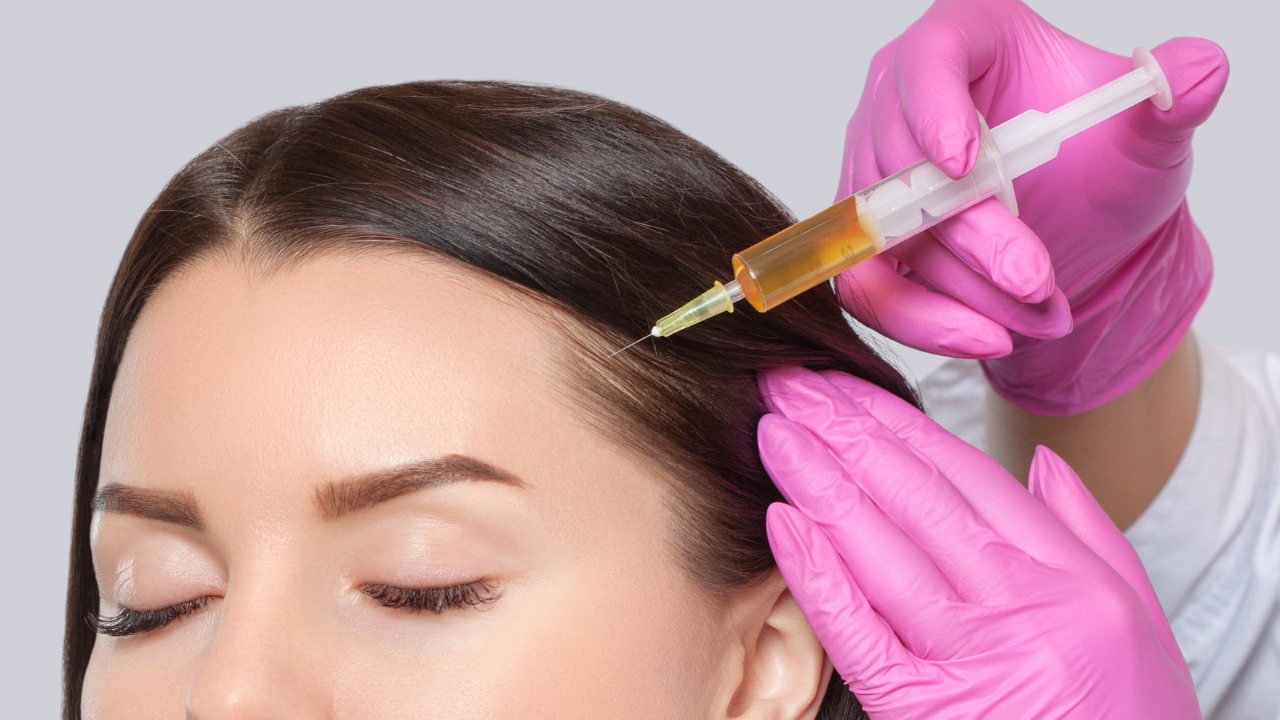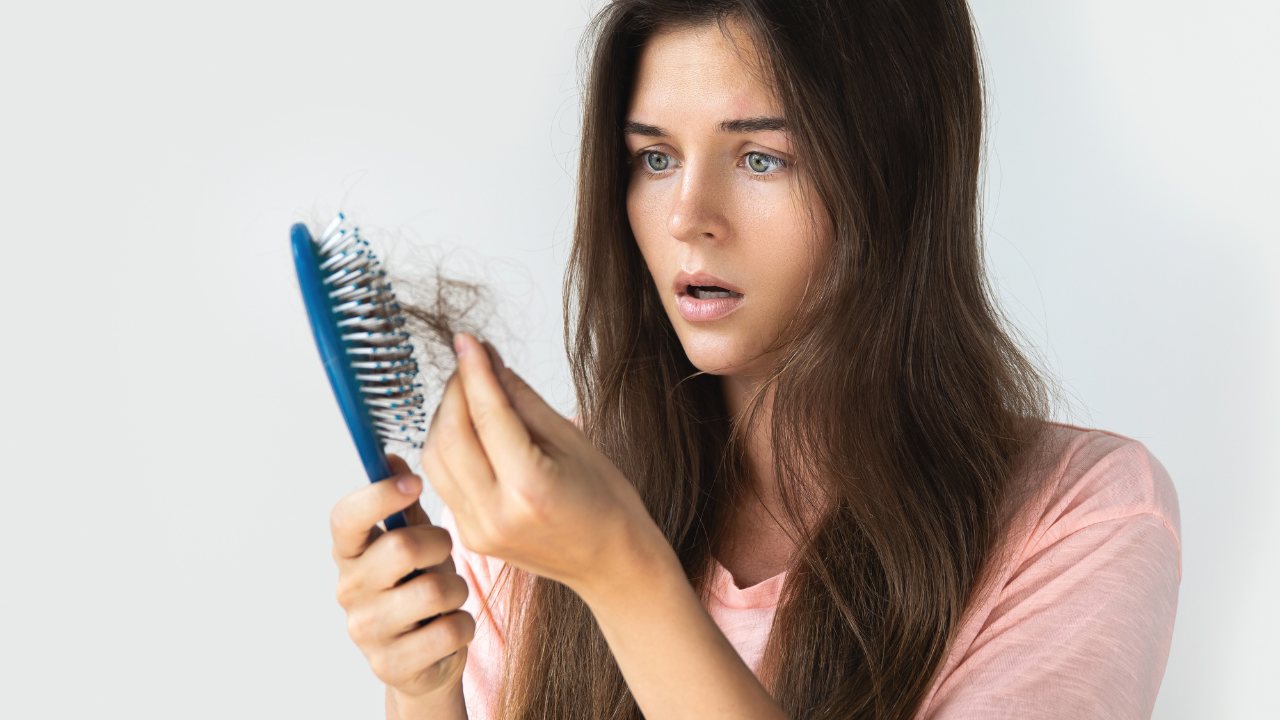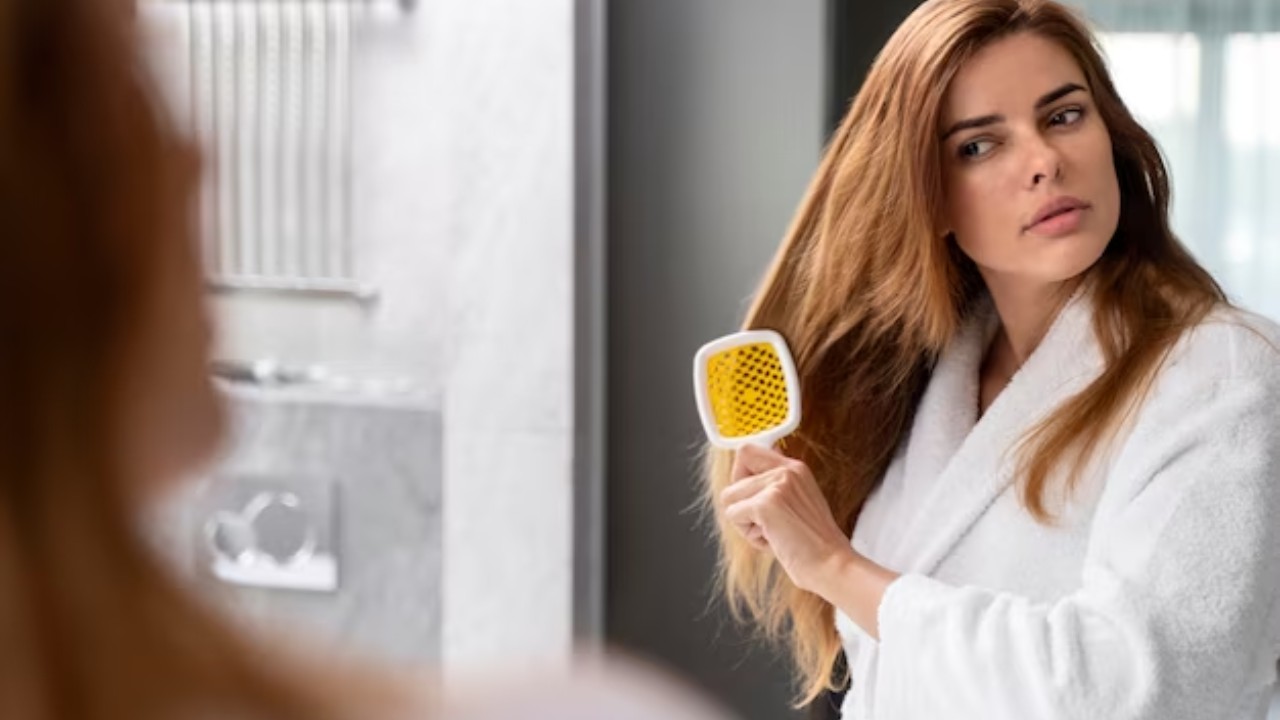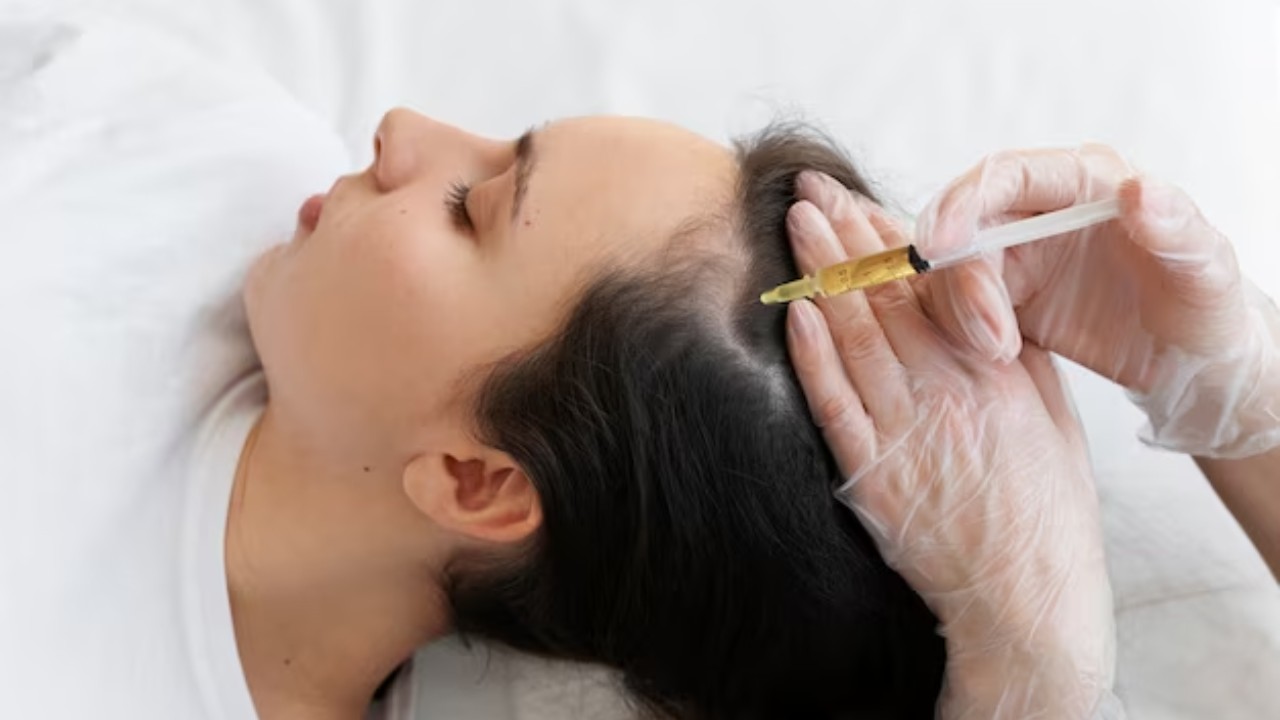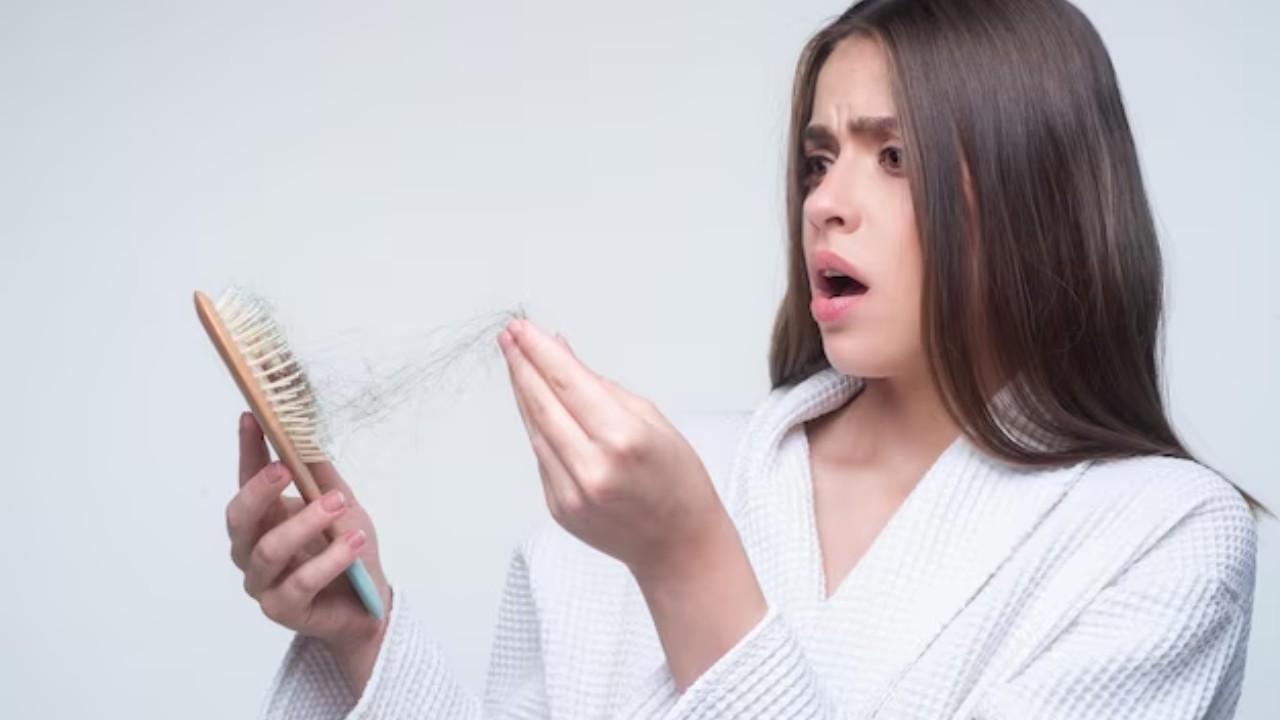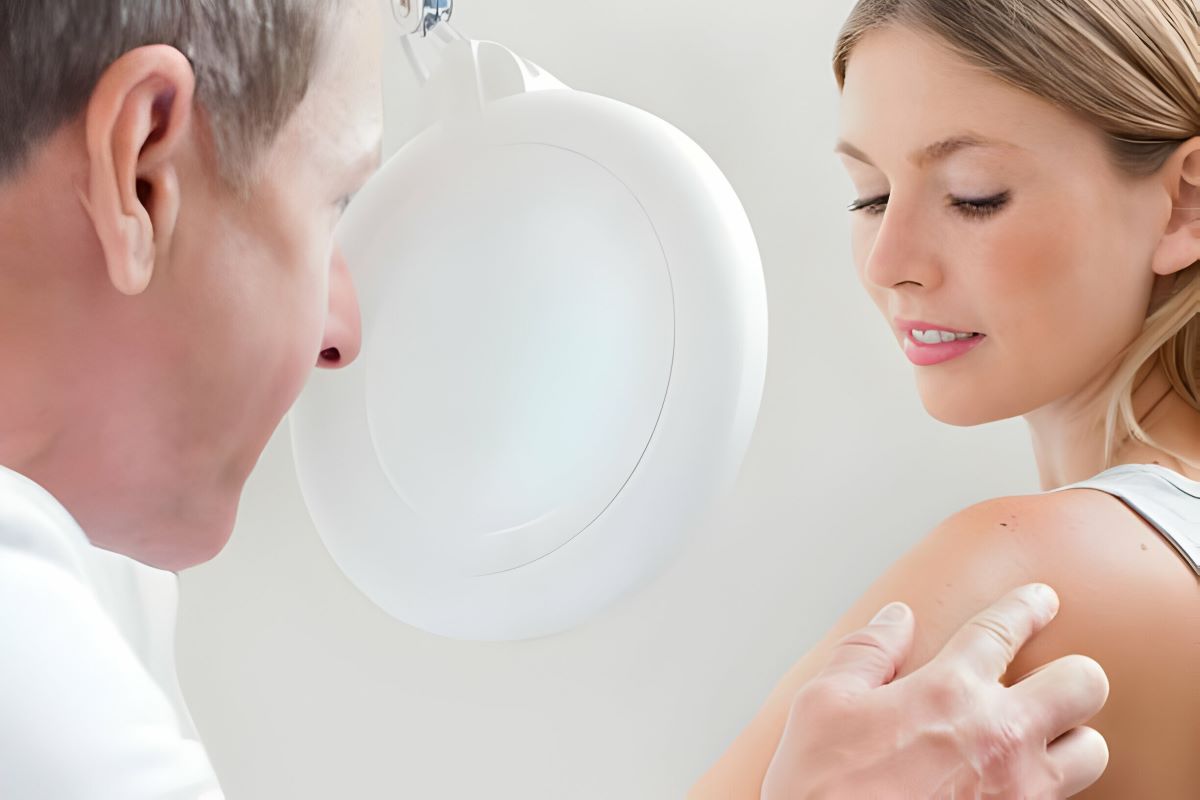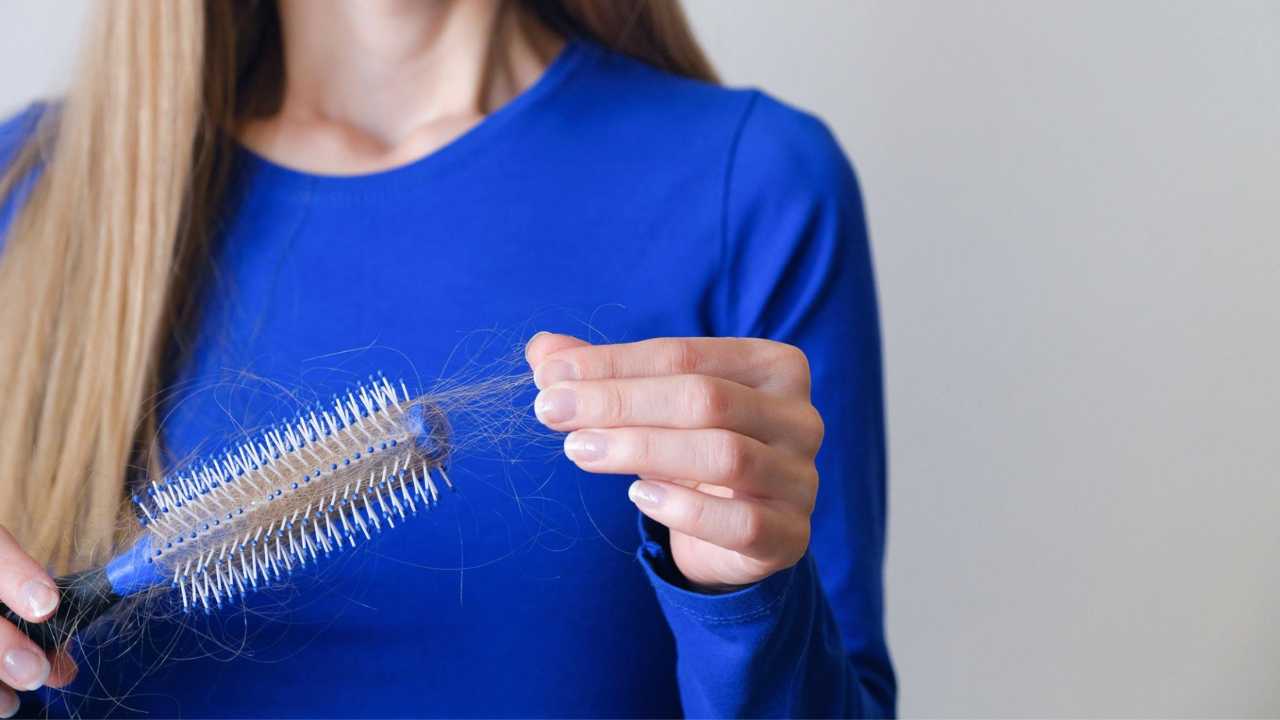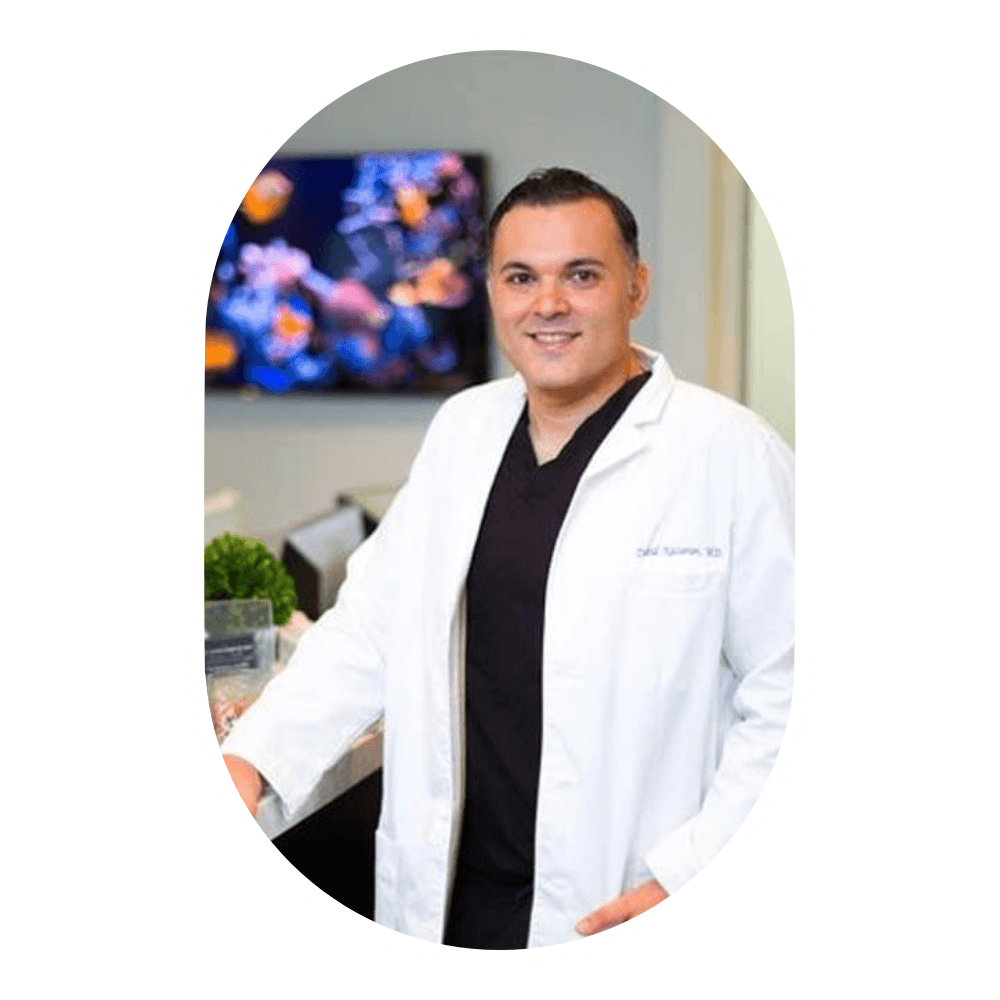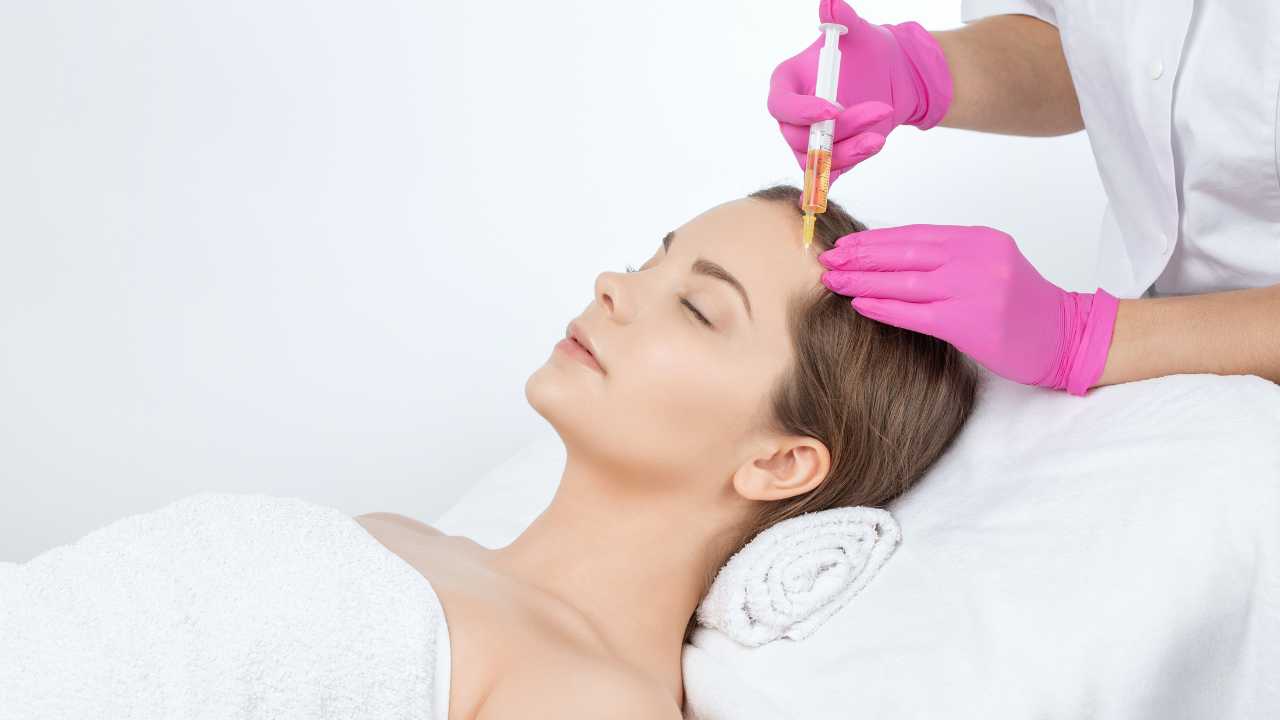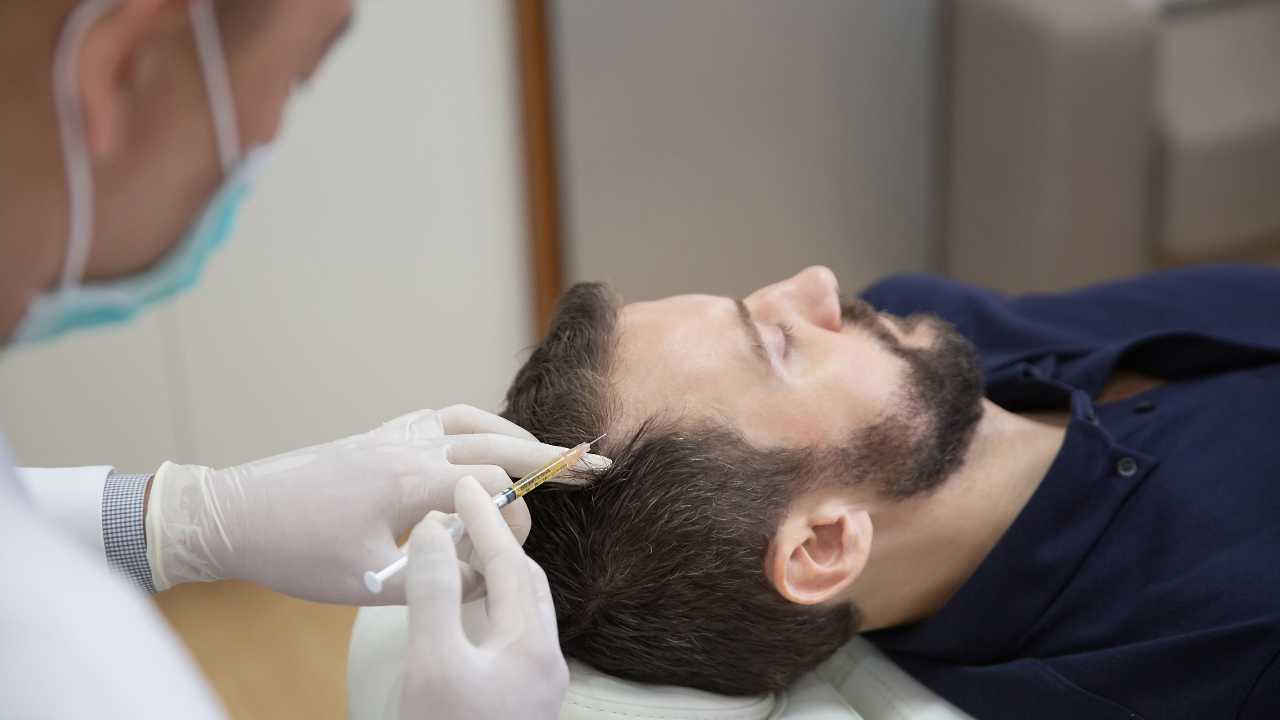What is SLU-PP-332?
SLU-PP-332 is an emerging, innovative synthetic compound gaining rapid recognition among scientific researchers for its potential as a metabolic modulator. Its unique properties make it a valuable asset for laboratories exploring the intricate details of cellular metabolism, mitochondrial function, neuroprotection, and aging at a molecular level.
All content in this article pertains strictly to laboratory and in vitro research—SLU-PP-332 is not approved for human consumption or medical application.
The Scientific Basis of SLU-PP-332
SLU-PP-332 is a small-molecule, non-peptidic research compound meticulously designed to modulate key metabolic and nuclear receptor pathways. Unlike SARMs, peptides, or commonly used stimulants, SLU-PP-332 is structurally stable, providing researchers with a dependable tool for reproducible results in various assay conditions.
Mechanistic Uniqueness
One of the most notable characteristics of SLU-PP-332 is its ability to target estrogen-related receptors (ERRα/ERRγ). These nuclear receptors are pivotal regulators of genes that orchestrate mitochondrial function, energy expenditure, and lipid and glucose metabolism. Because mitochondrial health underpins nearly every aspect of cellular vitality, the ability to modulate these pathways opens unprecedented research possibilities.
Broader Research with Amino Compounds
Many progressive laboratories now pair SLU-PP-332 with amino-based compounds for synergistic studies. The Aminos Research catalog is a valuable resource for obtaining high-quality amino research materials to enhance studies into metabolism, cell signaling, and tissue repair.
Mitochondrial Biogenesis and Cellular Energy
Unlocking Cellular Potential
The promotion of mitochondrial biogenesis—the formation of new, functional mitochondria within cells—is considered one of the key mechanisms behind SLU-PP-332’s value in research. Mitochondria are essential organelles responsible for ATP production, calcium signaling, apoptosis, and overall energy homeostasis. Dysfunction in mitochondrial processes is implicated in a broad spectrum of metabolic and neurodegenerative diseases.
Cutting-Edge Scientific Context
Recent studies have shown that molecules targeting mitochondrial pathways can profoundly affect neurodegenerative and metabolic models. For instance, the Nature Reviews Neurology article on mitochondria-targeted small molecules discusses how compounds like SLU-PP-332 represent a new generation of research tools capable of dissecting mitochondrial involvement in complex cellular processes. This growing field has huge implications for aging, chronic metabolic diseases, and brain health.
Beyond Energy: Redox, Inflammation & Cellular Longevity
By enhancing mitochondrial function, SLU-PP-332 may indirectly support redox balance, cellular detoxification, and inflammatory regulation. As highlighted in Free Radical Biology and Medicine, mitochondrial regulation influences how cells respond to oxidative stress and environmental insults, providing insight into both protective and pathological mechanisms.
Cellular Crosstalk and Systems Biology
An additional layer of SLU-PP-332’s importance is how mitochondrial activity interplays with other cellular systems. For example, improved mitochondrial output can facilitate better nutrient sensing, impact AMPK and mTOR pathways, and influence autophagy and mitophagy—processes central to both normal physiology and pathological conditions. Researchers utilizing SLU-PP-332 can thus examine the systems biology of health and disease with greater clarity and specificity.
Neuroprotection and Cognitive Research
Bridging Metabolism and Brain Health
The brain, being the body’s most energy-demanding organ, relies heavily on optimal mitochondrial function. SLU-PP-332 enables researchers to model how mitochondrial modulation may enhance neuroprotection, improve neuronal resilience, and possibly slow age-associated cognitive decline. Research in this area can inform new approaches for investigating disorders such as Alzheimer’s, Parkinson’s, and other neurodegenerative diseases, offering valuable clues about how mitochondrial dynamics affect synaptic health and neurotransmitter signaling.
Investigating Neuroinflammation
Ongoing studies are using SLU-PP-332 to explore neuroinflammatory pathways and their impact on neuronal health. By modulating mitochondrial activity, this compound allows scientists to evaluate the delicate interplay between energy production, inflammation, and cellular stress responses, providing a more comprehensive understanding of disease pathogenesis.
Translational Opportunities
While all research use is strictly preclinical and in vitro, SLU-PP-332 is also sparking interest in how mitochondrial-targeting agents may eventually play a role in the development of neurotherapeutic strategies. Its application in brain organoid and iPSC-derived neuron models enables nuanced exploration of cellular and subcellular mechanisms driving both health and disease.
Expanding Applications: Metabolic, Regenerative & Aging Research
Modeling Metabolic Disorders
SLU-PP-332 is a cornerstone compound in cellular models of obesity, type 2 diabetes, fatty liver disease, and other metabolic syndromes. By precisely modulating metabolic gene expression and mitochondrial output, it gives researchers the tools to analyze disease progression, test novel interventions, and uncover new therapeutic targets.
Cellular Stress, Senescence, and Longevity
As the interest in longevity science grows, so does the focus on how compounds like SLU-PP-332 affect cellular aging. Enhanced mitochondrial biogenesis is linked to reduced cellular senescence, greater resistance to oxidative damage, and prolonged cellular function. Scientists are deploying SLU-PP-332 in in vitro aging models to uncover strategies for promoting healthy lifespan at the cellular and tissue levels.
Integrating Regenerative Medicine Concepts
Research at the intersection of metabolic and regenerative medicine is expanding rapidly. Clinics and research facilities such as PRP Treatment Beverly Hills are at the forefront of regenerative therapies—often relying on robust cellular energy and mitochondrial support for effective tissue repair. SLU-PP-332 fits naturally into this research landscape, as mitochondrial optimization is increasingly recognized as a critical component of successful regenerative strategies.
Metabolic Flexibility and Environmental Stress
Another expanding research frontier for SLU-PP-332 involves its use in studies on metabolic flexibility—the ability of cells to efficiently switch between fuel sources based on physiological demand or environmental stress. Experimental evidence suggests that compounds like SLU-PP-332 may improve adaptation to nutrient stress, oxidative challenges, and fluctuating energy supplies, all of which are critical factors in cell survival and organismal adaptation.
Laboratory Use, Compliance, and Best Practices
- Consistent, High Purity: Modern Aminos provides SLU-PP-332 at research-grade purity for maximum reliability.
- Versatility: Applicable across metabolic, neurological, regenerative, and aging studies.
- Safety: For research use only; never for human or veterinary consumption.
Ensuring Regulatory Adherence
SLU-PP-332 must be handled in accordance with all federal, state, and institutional regulations. Its use is limited to trained research personnel in licensed facilities, and all experimental work should be properly documented and reviewed. Researchers are responsible for safe storage, accurate recordkeeping, and lawful disposal.
Optimizing Laboratory Outcomes
Utilizing best laboratory practices is essential for maximizing the value of SLU-PP-332. This includes standardized assay protocols, regular calibration of equipment, routine quality checks on compound integrity, and collaborative data sharing among research teams. Pairing SLU-PP-332 with other amino-based modulators from the Aminos Research collection can facilitate robust experimental designs and enhance the statistical power of results.
Building a Comprehensive Experimental Toolkit
To maximize experimental outcomes, researchers are encouraged to leverage the full scope of research compounds available in the Aminos Research collection. Pairing SLU-PP-332 with other amino-based modulators can create powerful multi-pathway models for studying metabolism, disease, and regeneration.
The Future of Mitochondrial and Metabolic Modulation
The ongoing evolution of mitochondrial science is expected to unlock transformative discoveries in metabolic regulation, neuroprotection, and regenerative medicine. SLU-PP-332 represents a critical asset for laboratories seeking to push the boundaries of our understanding of cellular energy, longevity, and disease. As new data emerges and research collaborations grow, compounds like SLU-PP-332 will continue to play a vital role in shaping the next era of biomedical science.
Conclusion
SLU-PP-332 is a dynamic, highly specialized tool for advancing research in mitochondrial function, metabolic health, neurobiology, and regenerative science. Its precision targeting of nuclear receptors and support of mitochondrial biogenesis make it indispensable for scientists committed to exploring the next frontiers of cell biology and therapeutic discovery.
For comprehensive laboratory research, explore both SLU-PP-332 and the wider Aminos Research suite of compounds, ensuring the highest standards for purity, compliance, and experimental flexibility.

